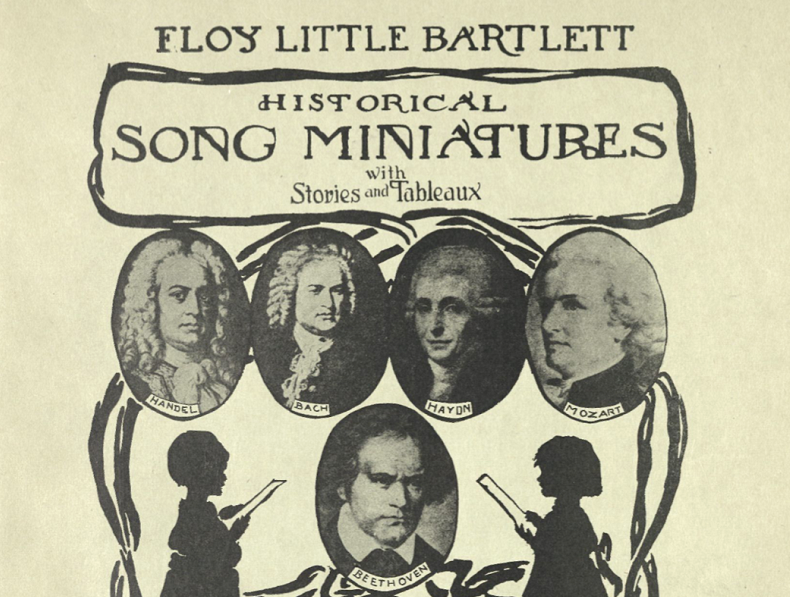
Floy Little Bartlett – Cultivating Canonic Composers for Kids
As European art music began to be challenged by jazz, musically influential women devised ways to cultivate “a taste for ‘good’ music in children.”
There is no historical or geographical limit on what can be covered. There is no restriction on the style or genre of song or singing.
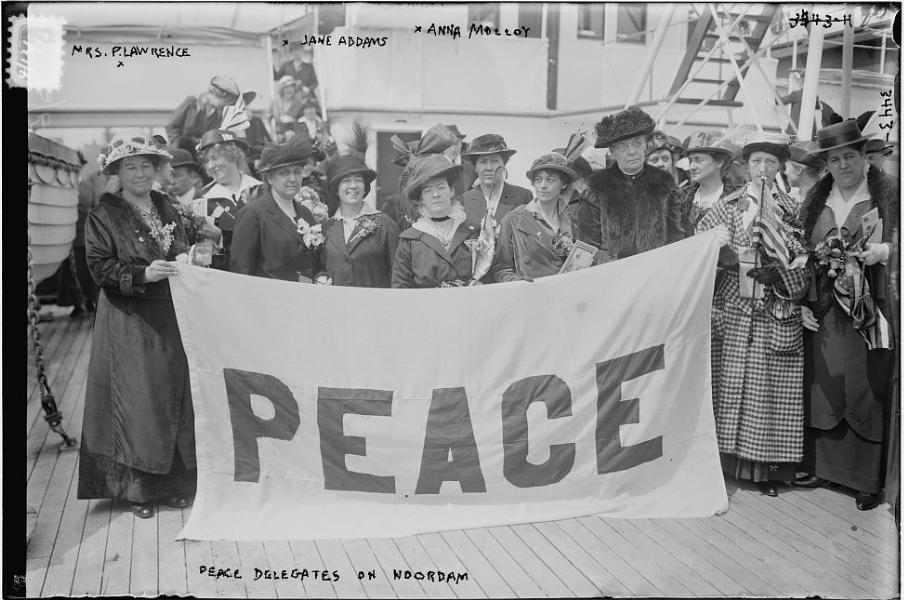


As European art music began to be challenged by jazz, musically influential women devised ways to cultivate “a taste for ‘good’ music in children.”
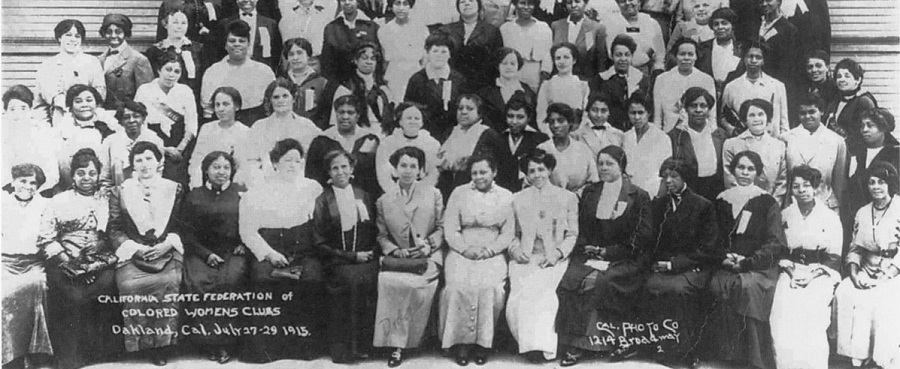
By 1914 the NACWC had 50,000 members. Their motto, “Lifting as We Climb,” was worked into songs performed regularly at meetings. It reverberates to this day.

Just over a century ago, there was a concerted effort by contralto Alice Louise Mertens and composer-pianist Lola Carrier Worrell, and others, to champion American women composers.

Troves of German Lieder composed by women await their first performances. Here is one composer whose songs have recently been recorded for the first time.
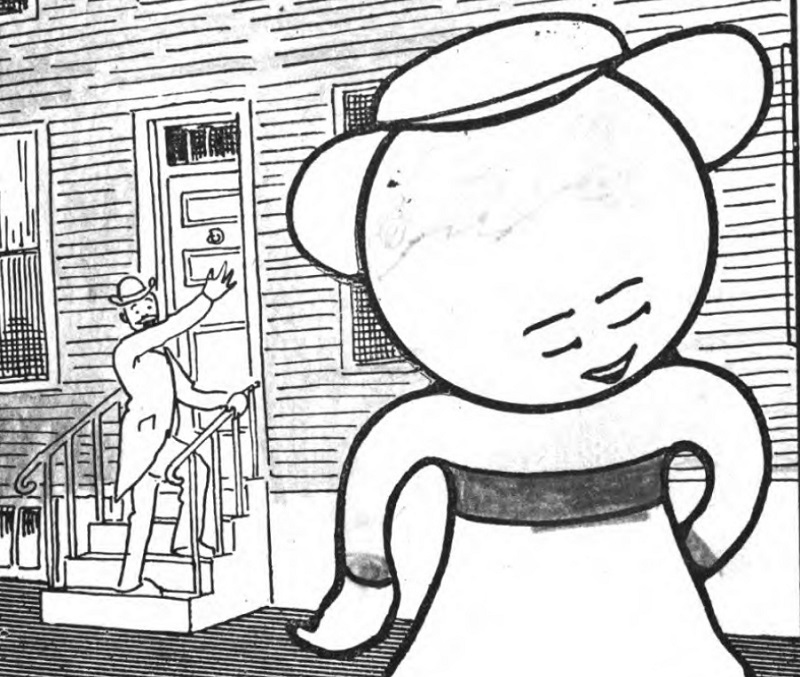
“The Goop Directory of Juvenile Offenders Famous for Their Misdeeds” is an unlikely source of material for children’s songs. Elizabeth Merz Butterfield thought otherwise.
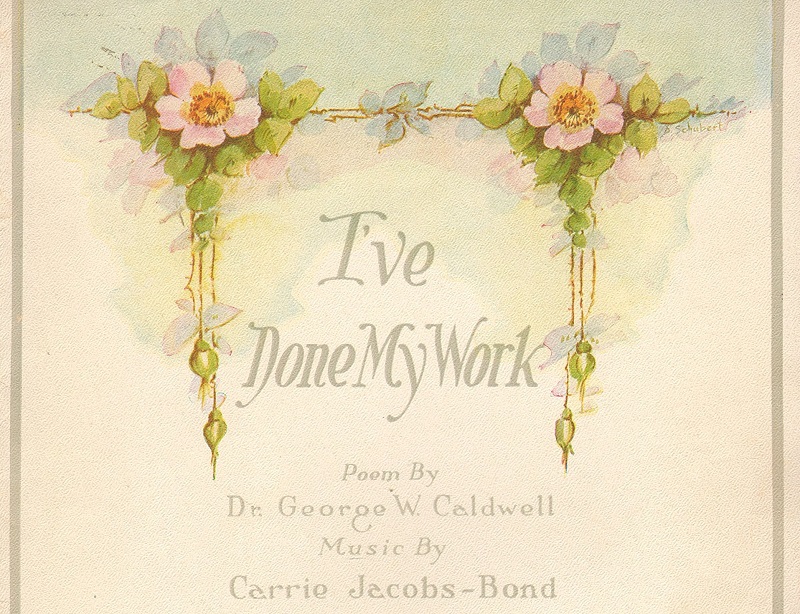
Black singers and churchgoers have a long and deep tie to Carrie Jacobs Bond’s “I’ve Done My Work” (1920). Why this song?

Mahalia Jackson’s career unfolded through easy-to-overlook intersections with women who were models and mentors, peers and progeny.

One year ago one of Serbia’s most distinguished musical voices, Isidora Žebeljan, died. Here are three glimpses of what we have lost.
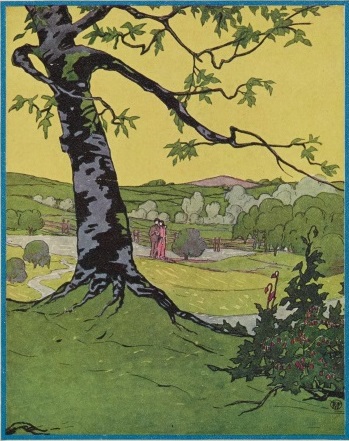
A newly updated database of songs composed between 1890 and 1930 by women in English speaking countries has reached almost 24,800 entries by 5148 women.

Weaving songs without words: the motions of the loom are processed through Max and used to control the synthesizer in conjunction with the weaving pattern.